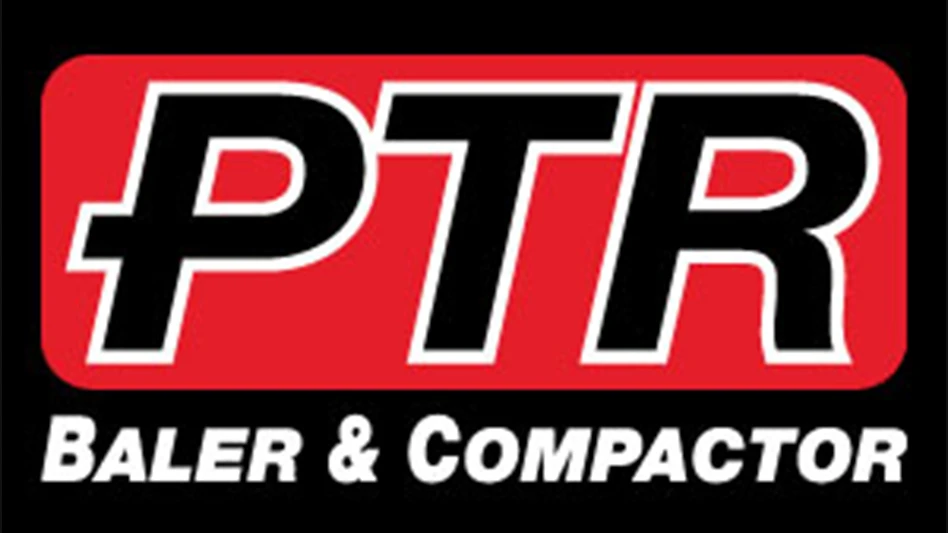
Differentiation. That is one of the keys to business success according to many “experts,” including former General Electric Chairman Jack Welch.
How can scrap dealers gain an advantage in the marketplace and differentiate themselves sufficiently over their competition? One means to this end that many shippers and brokers are finding advantageous is to own or lease their own gondola rail cars.
Advantages to ownership
There are several reasons to explore gondola rail car ownership. The following are a few benefits of ownership.
- Address carrier shortages. If you rely 100 percent on the railroads to supply gondolas to load, you know that as demand increases the supply of gondolas (gons) tightens and orders are harder to fill. Currently all carriers are short of gons to fill orders. In many cases, the only way to ensure you have enough cars to ship your orders is with private cars.
- Guarantee your supply. Even if the carrier has the right car type in its fleet, this is no assurance it will supply the cars to fill orders on any consistent and reliable basis. Carriers must distribute their supply to all shippers on their lines and choose how to equitably share that fleet among its customers. Shippers who control their own fleets through a lease arrangement or ownership always know how many cars are in the fleet and can rely on those cars to be supplied without having to share that fleet with any other shippers.
- Not just any gondola will do. A gondola is a gondola, right? Not exactly. The length, height, cubic-foot capacity, floor type (flat or tub bottom) and gross weight limit can constrain some gondolas. A private fleet of cars gives the shipper the ability to match the exact car type to its requirements and be assured that the “perfect” car type will be placed for each shipment. Here are some examples:
- Most integrated steel mills, primarily in the East, are unable to handle 65-foot gons. This is mostly because of sharp track curvatures (turnouts in rail speak) that could cause the longer cars to derail.
- Some locations are unable to load or unload cars that are too high because their cranes or magnet operators are not positioned to see into the car or are otherwise obstructed from doing so.
- Cut grades can more easily damage a tub-bottom than a flat-bottom gon.
- Light grades, such as loose clips, stow so light that the freight per ton is non-competitive. For example, if a light grade stows at 50 pounds per cubic foot (ppcf), a standard 52-foot gon with 4 ½-foot sides will hold roughly 50 gross tons, while a gon with 5-foot sides will hold 55 gross tons and one with 5 ½-foot sides will hold 61 gross tons. A 4,000-cubic-foot gon can accommodate from 85 to 90 gross tons.
- Loading a dense shred that stows at 85 ppcf into a 4,000-cubic-foot gon will only use about half of the capacity that could have been better used for loading a light grade. That same shred at 85 ppcf loaded into a 2,500-cubic-foot gon with a standard 263,000 gross limit will allow 95 gross tons. However, unless that car has a gross rail limit of 286,000, it would be an overload.
- Reduce lost freight. When transporting bulk products, shippers rely on the destination to fully unload the entire commodity. Any material left in the railcar is a loss to that sale. When using private rail cars, shippers are assured that any remaining material is returned. This eliminates loss for that car and the cumulative effect that otherwise would occur if using railroad-supplied rail cars.
- Gain a commercial advantage. The assurance of railcar supply can be a significant value for a shipper or receiver of freight. Shippers can differentiate themselves from their competition by supplying their own rail cars to ensure adequate supply, creating a competitive advantage over those without private cars. Shippers often must sell at least some of their scrap to brokers who can supply the cars. When the sale price is expected to drop, everyone begs for gons to load, and when carrier supply is short, you risk having orders canceled. Those with private gons in their loop can gain a significant advantage.
- Save freight costs. Rail carriers often differentiate rates that apply in carrier equipment versus privately owned/leased equipment. Because the carrier has no investment in the equipment and pays no car hire to the owner, the rates are typically reduced to reflect this savings to the carrier. This rate differential also is provided as incentive for private investment in rail cars. To some degree the rail carriers rely on private rail cars to supplement their fleets in lieu of their own investments and to accommodate traffic flow.
- Reduce or eliminate demurrage. Carrier tariffs provide that private cars when placed onto private (shipper/customer) tracks are not subject to demurrage charges. Carrier equipment is charged a fee that can be more than $100 per day until released back to the carrier. When using private equipment, the shipper/customer has the advantage of allowing the car to fit into its unloading or loading schedule without concern of demurrage penalty charges accumulating.

Not without its risks
Owning or leasing a gondola fleet has many advantages, but several risks also must be considered. Gons ownership provides the opportunity to control your business much better. However, unless you manage that fleet efficiently, it can turn into a mess. Careful attention to details that include perpetually monitoring every car, allocating it to the right loading point(s) at the right time, minimizing delays and carrier errors, evaluating performance and adjusting as needed are some key actions required.
Expect repairs and even damage to your gondolas. Most repairs to your cars are performed by the carriers while in their possession as required for safe operations. You won’t even know what repairs were made and what they cost until weeks later. And cars do at times sustain damage, such as holes in the car body, spread sides and bent top cords, which can require more significant repair.
When leasing gondolas, even on a full-service lease, the biggest surprise usually happens if you decide to return the cars and not renew or extend the lease. As a lessee, you often are responsible for freight to send the cars to a shop and for repairs attributable to the lessee per lease terms. Determining the lessee liability typically becomes a battleground and can be very costly. Preventive measures can be taken before signing the lease and during the process to minimize such exposure. It is strongly recommended to take those measures.
When leasing cars, some other “hidden” costs can include insurance and taxes. In a full-service lease, the lessor takes care of routine maintenance and repairs on the cars and the annual ad valorem taxes for each state. However, the lessor will require the lessee to maintain general liability insurance and property insurance on the rail cars.
If you are a rail car owner, then those taxes, the cost of repairs and insurance coverage are your responsibility. Roughly half the states require an annual filing, and nothing is standardized. Car owners must know what forms to file, what is required in each state and what deadlines are involved. Likewise, all car repair records are processed electronically. Each owner needs to have the system and the expertise to receive, audit and process such repair bills.
Which is best for you: ownership, a full-service lease or perhaps a net lease? Consider whether your company has the expertise, systems and overall resources to effectively manage a fleet of private gondolas before you decide.
Sponsored Content
Still relying on manual sorters?
Let AI do the heavy lifting. Waste Robotics delivers reliable, high-performance robots tailored for complex waste streams. They require minimal maintenance, are easy to operate, and are designed to boost your recovery rates. Smarter sorting starts with the right partner. Waste Expo Booth #1969 & REMA #2843
Click here to see our robots in action!Get curated news on YOUR industry.
Enter your email to receive our newsletters.

Explore the December 2018 Issue
Check out more from this issue and find your next story to read.
Latest from Recycling Today
- Recyclers likely to feel effects of US-China trade war
- BCMRC 2025 session preview: Navigating battery recycling legislation and regulations
- Yanmar Compact Equipment North America appoints new president
- LYB publishes 2024 sustainability report
- Plum Creek Environmental acquires Custom Installation LLC
- Avis introduces Harris American Co.
- International Paper in talks to divest 5 European box plants
- Recycled PP from Polykemi, Rondo Plast used in flood protection product









